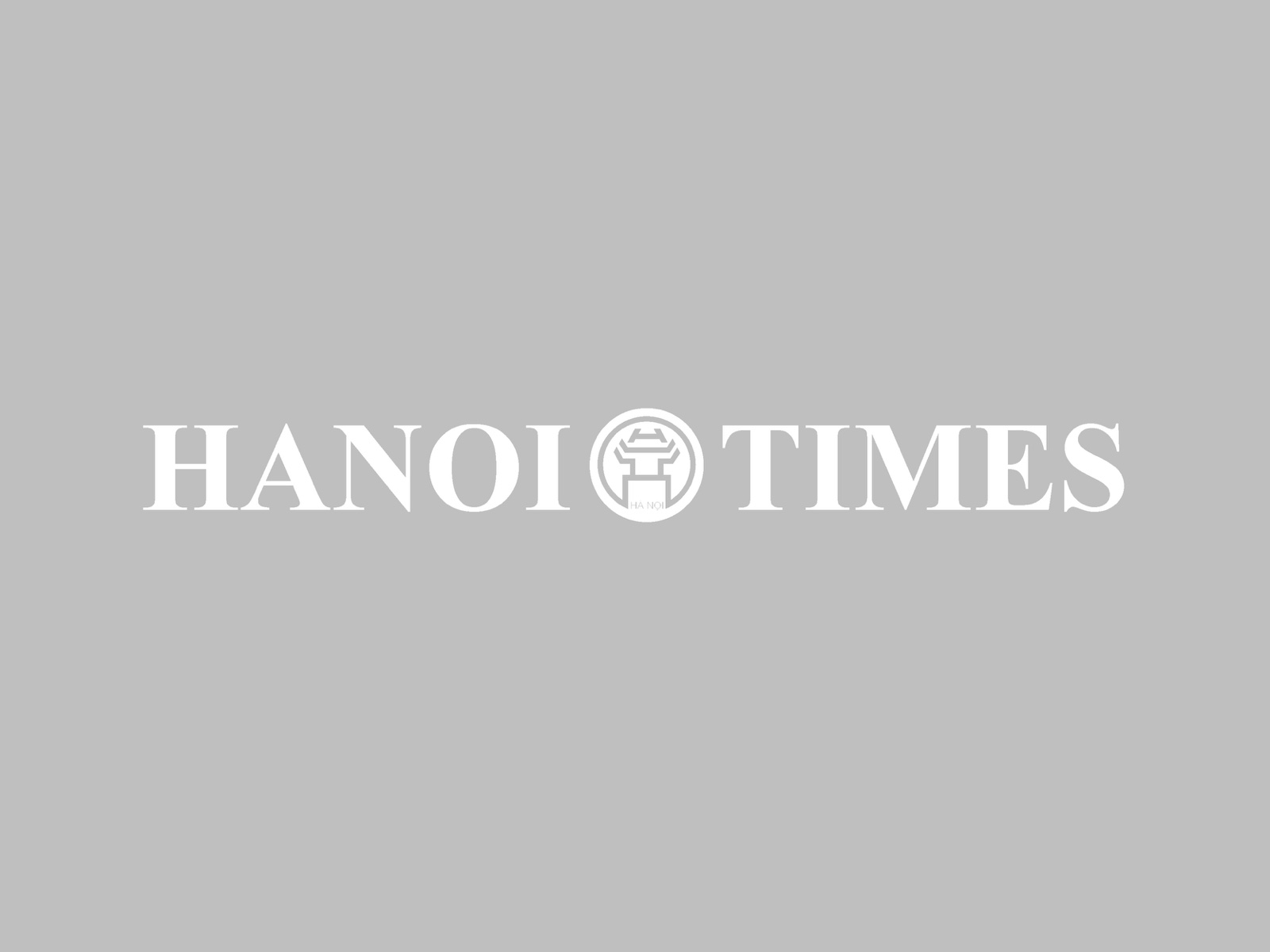Kinh tế tài chính toàn cầu
Khai mạc Hội nghị Bộ trưởng Kinh tế ASEAN lần thứ 53
Sep 08, 2021 / 07:58 PM
Kinhtedothi - Chiều 8/9, Hội nghị Bộ trưởng Kinh tế ASEAN lần thứ 53 theo hình thức trực tuyến đã được khai mạc.
Sự kiện diễn ra dưới sự chủ tọa của Bộ trưởng Tài chính và Kinh tế thứ 2 Bru-nây Đa-rút-xa-lam, Ngài Mohd Amin Liew Abdullah, và sự tham dự của Bộ trưởng Kinh tế các nước thành viên ASEAN, Tổng Thư ký ASEAN Lim-Gióc-Hoi.
| Đoàn Việt Nam tham dự Hội nghị gồm đại diện các Bộ: Công Thương, Ngoại giao, Tài chính, Kế hoạch và Đầu tư, Tư pháp, do Thứ trưởng Bộ Công Thương Trần Quốc Khánh dẫn đầu. |
Tại Hội nghị, các Bộ trưởng đã chia sẻ thông tin và cập nhật tình hình triển khai các biện pháp đối phó với dịch bệnh Covid-19 đồng thời ghi nhận những nỗ lực chung của Cộng đồng Kinh tế ASEAN trong công tác phòng chống dịch bệnh cũng như triển khai các biện pháp thực hiện Khung phục hồi tổng thể ASEAN, v.v… Các Bộ trưởng đã thông qua Lộ trình Bandar Seri Bagawan về chuyển đổi số trong ASEAN để đẩy nhanh phục hồi kinh tế ASEAN và hội nhập kinh tế số.
Các Bộ trưởng cũng trao đổi và ghi nhận tình hình thực hiện các sáng kiến, ưu tiên hợp tác kinh tế của Bru-nây, nước Chủ tịch ASEAN năm 2021, thảo luận về các kế hoạch, chương trình hành động dài hạn của ASEAN hướng đến phát triển kinh tế bền vững trong khu vực như Khung kinh tế tuần hoàn cho Cộng đồng kinh tế ASEAN, kiến nghị của của Nhóm Đặc trách cấp cao về Hội nhập kinh tế ASEAN, v.v…, thảo luận và ghi nhận các kiến nghị của Hội đồng tư vấn kinh doanh ASEAN và rà soát công tác chuẩn bị cho Hội nghị Cấp cao ASEAN và các hội nghị liên quan dự kiến diễn ra vào tháng 10 năm 2021.
Ngoài ra, các Bộ trưởng cũng thảo luận nhằm thống nhất quan điểm nội bộ về định hướng hợp tác kinh tế giữa ASEAN và các đối tác đối thoại như Hoa Kỳ, Trung Quốc, Liên minh châu Âu, Nhật Bản, Hàn Quốc, Ốt-xtrây-li-a, Niu Di-lân, Ấn Độ, Nga, Ca-na-đa, Vương quốc Anh, v.v… cũng như việc thực thi và đàm phán nâng cấp các hiệp định thương mại tự do hiện hành giữa ASEAN và các nước đối tác, tiến độ phê duyệt Hiệp định Đối tác Kinh tế Toàn diện Khu vực (RCEP) với mục tiêu đưa Hiệp định đi vào thực thi vào đầu năm 2022 nhằm góp phần thúc đẩy thương mại, củng cố chuỗi cung ứng khu vực, góp phần vào quá trình phục hồi kinh tế ASEAN và khu vực sau đại dịch. Các Bộ trưởng cũng trao đổi và ghi nhận tình hình thảo luận của Nhóm Đặc trách về các điều khoản hiệu lực trong các Hiệp định kinh tế ASEAN.
Tham gia thảo luận tại Hội nghị, Việt Nam đã đóng góp ý kiến tích cực đối với vấn đề hợp tác kinh tế nội khối ASEAN như kế hoạch rà soát Hiệp định Thương mại Hàng hóa ASEAN (ATIGA), tăng cường xử lý các hàng rào phi thuế quan ở các nước ASEAN và các biện pháp tạo thuận lợi thương mại nhằm thúc đẩy thương mại nội khối, đồng thời đưa ra các kiến nghị về định hướng hợp tác kinh tế giữa ASEAN với các đối tác ngoại khối trong thời gian tới nhằm đảm bảo đem lại lợi ích thiết thực cho các doanh nghiệp Việt Nam và ASEAN, góp phần vào quá trình phục hồi kinh tế sau đại dịch Covid-19.
Hội nghị bế mạc vào chiều ngày 9/9 năm 2021. Tiếp sau Hội nghị sẽ là chuỗi các Hội nghị tham vấn cấp Bộ trưởng Kinh tế giữa ASEAN và các đối tác đối thoại dự kiến diễn ra trong các ngày từ 13 đến 15 tháng 9 năm 2021.


